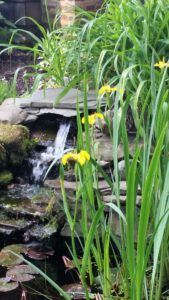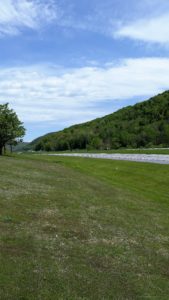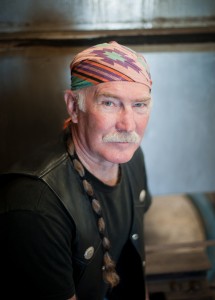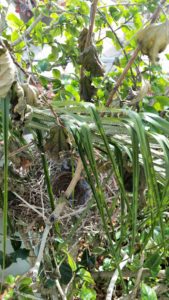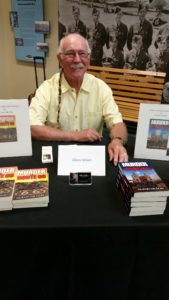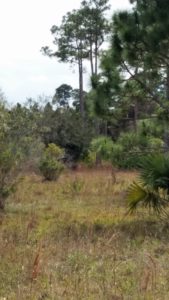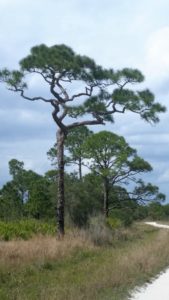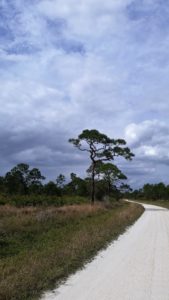Still doing a lot of yard work and finding days-off to be too rainy for the motorcycle or golf. No problem, I have been working on editing my latest Bobby Navarro manuscript. Some of the things I wanted to address required remembering exactly where a series of events took place, and I needed to do that after moving some of the chapters around. Not easy. I settled on a device I hate to recreate once the story is completed—a chapter outline. This always seems a tedious process, and I tried to avoid doing it but ultimately gave in. Several surprises followed.
To make the outline, I took a copy of the manuscript (renaming it as an outline so as not to do away with my hard work once I had the outline done). Then I went chapter by chapter, skimming each chapter and noting the salient points at the beginning, then deleting the rest. It went more quickly and easily than I had expected, and the review let me know what each chapter actually held. In other words, I discovered some things I had forgotten, and in some cases, had repeated. So, first surprise was that this process worked quickly and well. No jumping back and forth between texts, etc. It was just a simple once-through and I had my fresh outline, admittedly different from a couple of others I had constructed mush earlier before finishing the completed draft.
Secondly, I noticed things along the way I needed to attend to, and not forget. In Word, I inserted marginal comments along the way, and was amazed at how many I had generated by the time I finished. The thing was, I was able to operate with the whole manuscript more or less fresh in my mind. The comments provided a roadmap for the adjustments to the story I knew I wanted to make. The outline told me where things were, and once again, the process was quick and easy.
Initially I had wished I could diagram the whole manuscript on a long sheet of paper and post it on a wall so I could see where everything was and where I needed work. I even tried writing something of an outline on a long sheet of packaging paper, but soon decided my hands and patience wouldn’t hold up. I probably wouldn’t have been able to read my writing if I saw it through anyway. The computer approach yielded printed sheets that could be taped end-to-end if I wanted to. Turned out not to be necessary but available just in case. A nice bonus, because I have wanted to flowchart my work from time to time, but always found the print too small or the word limitations for readable print to be too confining. This approach worked much better. Six or eight lines of print per chapter description plus the marginal comments. Really worked for me.
I have always used a combination of an outline of the story, plus writing from the seat of my pants. I have no problem when creativity pulls my completed chapters away from the original outline, I just revise the outline to match the story. Trouble is, the revisions are time-consuming and not much fun. Remember, I hate redoing these things. With my skim-review-noting-salient-points-at-the-beginning-of-each-chapter-and-deleting-the-rest approach, I think I will be able to get more out of my outlining in the future. After all, I’d hate to be stuck working on a revised outline when the weather suggests riding, golfing, or fishing. Oh, I should have mentioned, I’m learning to fly fish this summer. Maybe more on that later.
I know there is an ongoing discussion about pantsers versus outliners, so I’d love to hear what others think.

